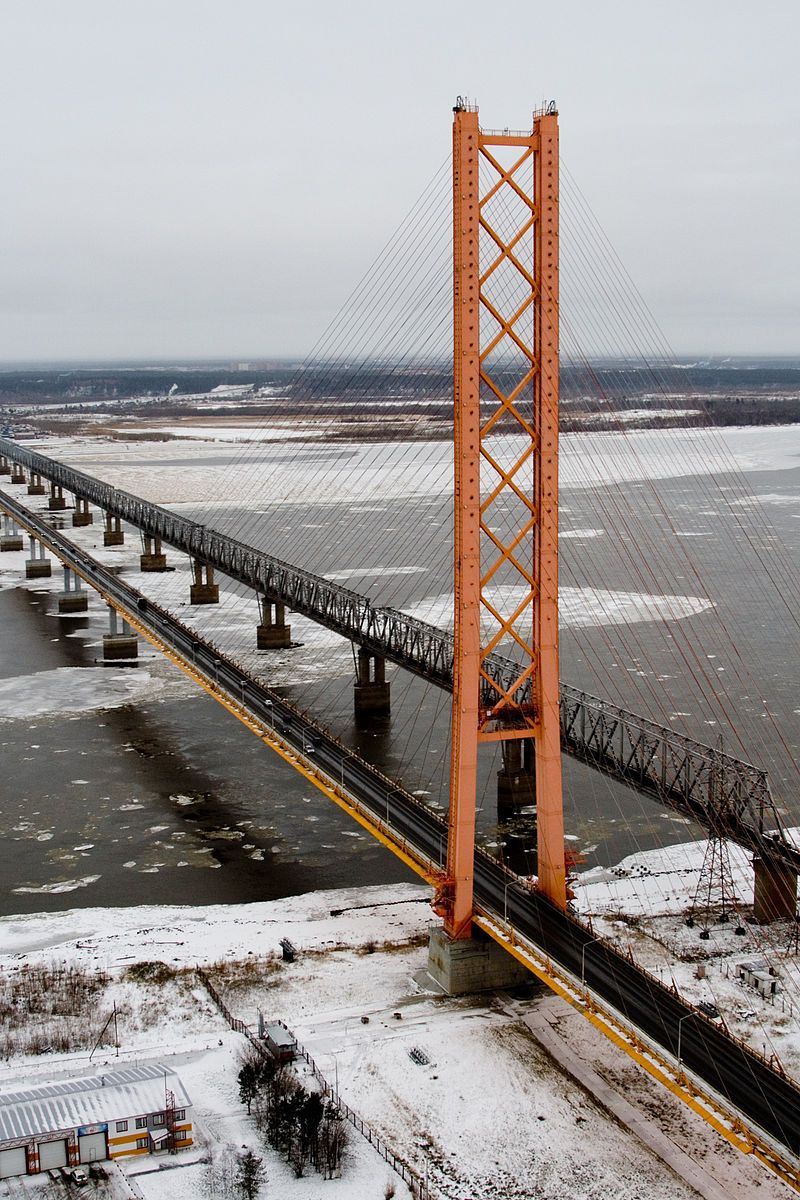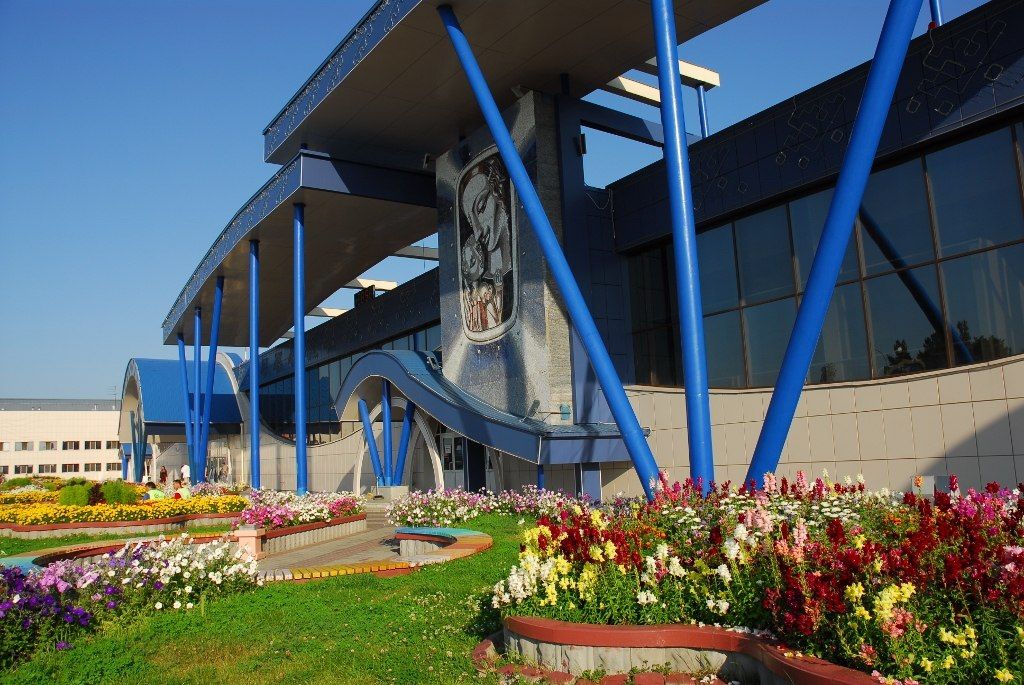industrial and cultural center
Surgut is the largest industrial and cultural center of Khanty-Mansi Autonomous Okrug - Ugra, as well as one of the leading centers of oil industry in Russia. It is called the capital of oil region and the industrial and energy heart of the North.
The city is home to the largest harbor on the river Ob, and is the largest road and rail unction in Northwest Siberia,. Two of the world's most powerful power plants, Surgut-1 and Surgut-2 Power Stations, which produce over 7,200 megawatts of power and supply most of the region with relatively cheap electricity, are also located here.
Surgut's economy is tied with oil production, hence the nickname "Oil Capital of Russia", and the processing of natural gas. The most important enterprises are Surgutneftegaz oil and gas corporation and Gazprom Transgaz Surgut, a Gazprom's unit. The Surgut-2 Power Station, which provides energy for the city, is the largest gas-fired power plant in the world. Rosseti Tyumen, the largest energy sales company, is the guaranteeing supplier of electric power not only in Surgut, but also in Tyumen region, ranked first in terms of electricity productive supply value among the energy distribution companies of the Urals Federal District and the second among the energy sales companies in Russia. As of 2023, Surgut ranked 13th out of 30 best cities of Russia to run business in, according to Forbes



HISTORY of Surgut
Arisen as Russian military outpost in the center of Western Siberia in 1594, Surgut eventually became a notable trading city. It was a place of administration with an up-to-date chancellery. The Surgut clergies "nourished" the Russian inhabitants and were engaged in the missionary activities among the indigenous population. Throughout the centuries of Surgut’s history, it was visited by many famous scientists and public figures, ethnographers, historians and economists from Russian and European cities.
Prisoners of various wars, Decembrists, the Russian populists and revolutionists of the late 19th and early 20th centuries were exiled here. Many of them wrote memoirs and scientific works about the area. Surgut was (and still is) praised by many poets, one of them being famous Pyotr Sukhanov (1947 – 2008), who dedicated a lot of his work to the city.
The first oil well was drilled near Surgut in September 1953, then the search of oil deposits began again in fall of 1957. In the harshest conditions and with little technological equipment, the geological explorers' expedition led by a young geological engineer Farman Salmanov, ran the exploratory drilling. Four years of work were unsuccessful, but then the discovery of large oil deposits followed one after another.










 .
.